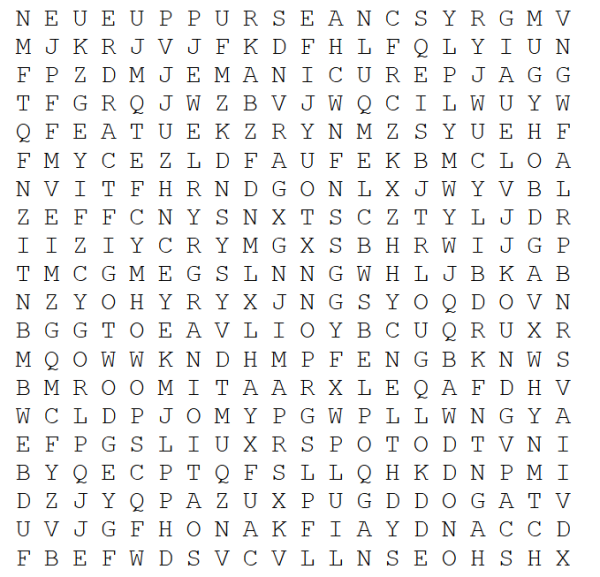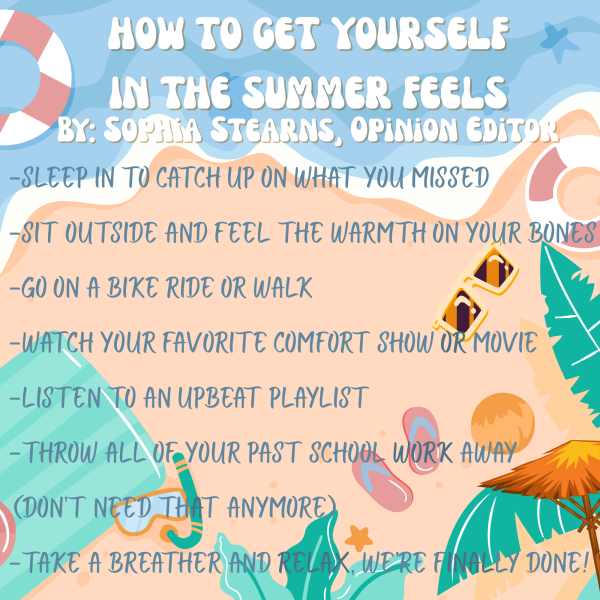How to Solve a Rubik’s Cube: A fun challenge for your Winter Break
Tips and tricks to help you thrive
Winter break is upon us, and many students may encounter a large amount of free time. During this newly-acquired time, students may engage in a variety of activities. From snowball fights to video games, the possibilities are endless. Although many of these chosen activities are interesting and fun, if you want to challenge yourself while also having fun and learning a new skill in the process, I highly recommend you check out a Rubik’s Cube. It may appear to be complicated and frustrating at first, but once you get the hang of it, it’s super fun, easy, and a cool party trick to show your friends!
In order to solve the Rubik’s Cube, you don’t need to be any sort of a math genius or have a 150 IQ. Anyone with a little bit of drive and time on their hands is able to do it. Try to go through the process with a growth mindset and realize that the only thing standing between you and a completed Rubik’s Cube is your own effort.
Before even attempting to solve it, it is essential to understand how the puzzle actually works. There are nine squares on each side and there are six sides. A beginner may view the cube as having 54 distinct squares and then attempt to solve one side at a time, but that approach can do more harm than good. Visualizing the cube as 3-dimensional, you may see that the 3x3x3 Rubik’s Cube is made up of 27 smaller “cubies.” However, the one in the core isn’t visible. Also, the six cubies at the center of each side stay in the same position relative to each other. The white center will always be opposite of yellow and the red center will be adjacent to the blue center regardless of how many turns you do. Therefore, completing the entire cube only requires the solver to get 20 cubies in the correct position; eight are corner pieces and twelve are edge pieces—the cubies between the corners.
To fully understand how the cube functions, try taking apart the puzzle and reassembling it. That process will make it abundantly clear how the Rubik’s Cube is really structured. There are many unique methods to solving the cube, but the most common for beginners is called layer-by-layer. First, the solver completes the eight cubies in the bottom layer, then the four edges in the middle layer, and finally the eight cubies in the top layer. Towards the beginning of the solve, the moves are mostly intuitive. On the other hand, the last couple of steps tend to be very algorithmic, meaning memorization is required to finish the solution.
Since it is much easier to learn the layer-by-layer method with diagrams, the website linked below this article will give you access to all the algorithms—memorized sequences of moves—that must be learned in order to solve the Rubik’s Cube. If you read through all the steps listed, it will typically only take a few hours of practice until you are able to complete your first solve without external help.
The first time may take a while, but it is one of the most rewarding experiences. By only practicing the layer-by-layer method, it isn’t too hard to get your solving time down to around two or three minutes. Rather than focusing on how fast your solution times are, try your best to enjoy the process. The whole point of the Rubik’s Cube is that it is a fun, challenging puzzle that is not to be taken too seriously. Over winter break, give the cube a shot and then impress your friends and family with your new skills.

Hi, my name is Max Melamed and I am a Managing Editor for The Hawkeye. I am in my senior year and this is my third year on staff. Outside of the Hawkeye,...

Hi, my name is Ben Saperstein and I am an Editor in Chief for The Hawkeye. I am in my senior year and this is my 3rd year on staff. Outside of the The...

Hi, my name is Niranjan Anantharaman and I am the design editor for The Hawkeye. I am in my senior year and this is my second year on staff. Outside of...

Hi, my name is Ethan Endelman and I am the Managing Editor of The Hawkeye. I am in my senior year and this is my third year on staff. Outside of The Hawkeye...









